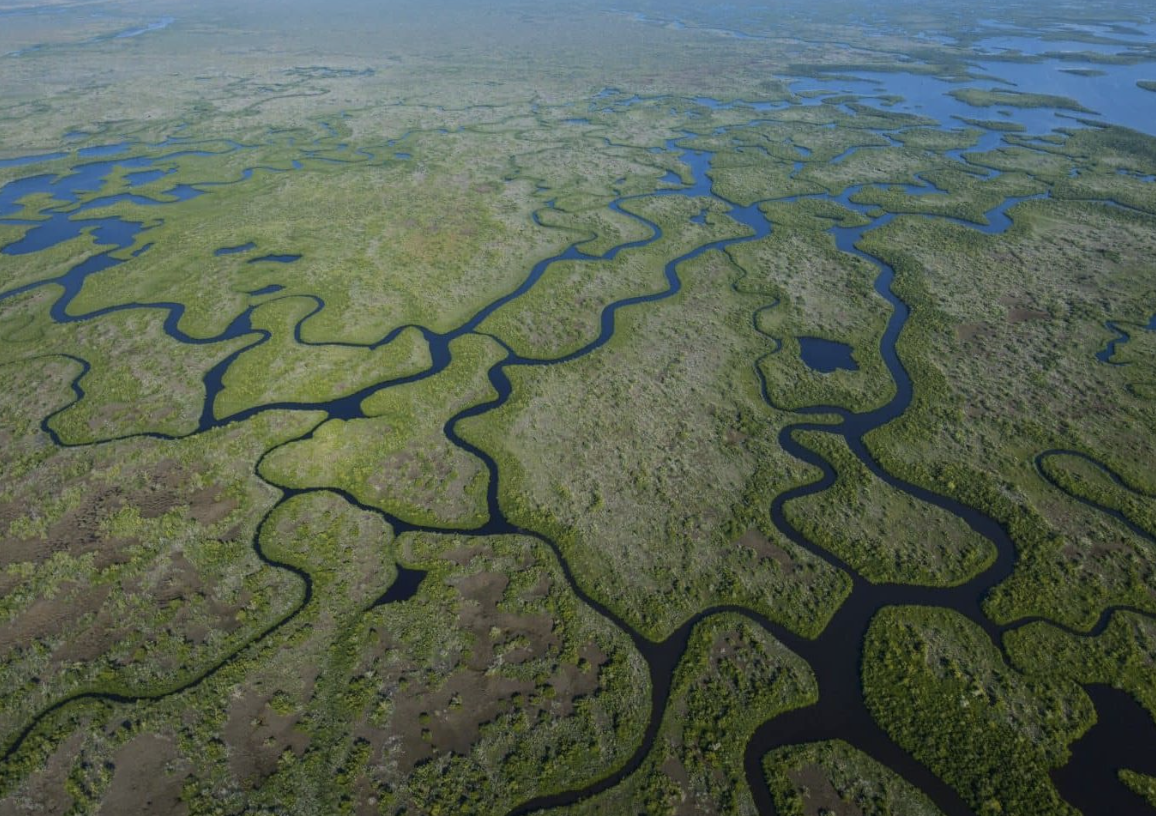Building Near Wetlands in Florida: Engineering Tips
Wetlands are one of Florida’s most valuable — and protected — environmental resources. They support flood control, water quality, and wildlife habitats, but for developers, they also introduce strict permitting and design challenges.
Building near wetlands requires careful engineering to protect natural systems while maintaining project feasibility. Understanding the regulatory process and technical best practices can help projects move forward without costly delays.
Understanding Wetlands Regulations in Florida
In Florida, wetlands are regulated by both state and federal agencies, primarily:
The Florida Department of Environmental Protection (FDEP)
The Water Management Districts (e.g., SFWMD, SJRWMD, SWFWMD)
The U.S. Army Corps of Engineers (USACE)
Each agency reviews development impacts to determine if mitigation or avoidance is required.
To learn about key permits used in wetland-impact projects, see:
Environmental Resource Permits (ERP) in Florida: A Developer’s Guide.
Key Engineering Considerations When Building Near Wetlands
| Engineering Focus | Description | Typical Best Practices |
|---|---|---|
| Wetland Delineation | Determines the exact boundary of jurisdictional wetlands using soil, vegetation, and hydrology criteria. | Hire a certified environmental consultant to mark limits before design begins. |
| Drainage Design | Prevents offsite flooding and protects wetland hydrology from site alterations. | Use low-impact design (LID), swales, or exfiltration systems to maintain natural flow. |
| Buffer Zones | Required setbacks between development and wetland edges. | Maintain a 25–50 ft buffer depending on jurisdiction and wetland classification. |
| Stormwater Treatment | Prevents pollutants from entering wetlands via runoff. | Design retention ponds or biofiltration systems upstream of the wetland. |
| Mitigation and Restoration | Compensates for any permitted wetland impacts. | Coordinate with FDEP or Water Management District for mitigation banking or restoration plans. |
Design Strategies to Protect Wetlands
Civil engineers use several site design techniques to balance development with environmental protection:
Elevated grading to direct stormwater away from wetlands.
Permeable pavement and bioswales for on-site infiltration.
Compact site footprints to minimize wetland encroachment.
Curb cuts and outfalls engineered to match pre-development discharge rates.
Engineers must also verify compliance with Section 373, Florida Statutes, which governs surface water management and wetland protection statewide.
For related drainage design challenges, see:
Drainage Review Requirements in Coastal Municipalities.
Permitting Steps for Wetland Proximity Projects
Wetland Determination: Conducted by an environmental scientist.
Site Plan Review: Engineering plans integrate buffers and drainage protection.
ERP Application: Submitted to the relevant Water Management District.
Public Notice and Comment: Some projects require public review periods.
Mitigation Plan Submission: Outlines restoration or compensation for any unavoidable impacts.
Permit Approval and Monitoring: Final sign-off and ongoing compliance verification.
Projects near federally protected wetlands may also require a USACE Section 404 permit under the Clean Water Act.
Common Mistakes Developers Should Avoid
Ignoring wetland delineation early in the project.
Designing site grading before confirming buffer requirements.
Assuming state and federal rules are identical.
Failing to coordinate with multiple agencies (county, FDEP, and USACE).
Avoiding these pitfalls can save months in permitting and prevent costly redesigns.
Conclusion
Building near wetlands in Florida requires precision, compliance, and collaboration. By integrating environmental protection into the earliest stages of design, developers can balance progress with preservation — and secure timely approvals.
At RSP Engineers, we help clients design drainage systems, buffer zones, and permitting packages that protect Florida’s natural resources while meeting all engineering and regulatory standards.
FAQs
-
Most counties require 25–50 ft buffers, though some environmentally sensitive areas may require more.
-
Yes, any activity that alters wetland hydrology or vegetation typically requires an ERP.
-
Only with explicit approval from FDEP or USACE, and typically with required mitigation.
-
A qualified environmental consultant or Water Management District representative conducts the delineation.
Partnering With Florida Developers for Environmental Compliance
At RSP Engineers, we combine civil and environmental expertise to help developers meet Florida’s wetland protection standards — from early delineation and drainage design to permitting and mitigation coordination.











